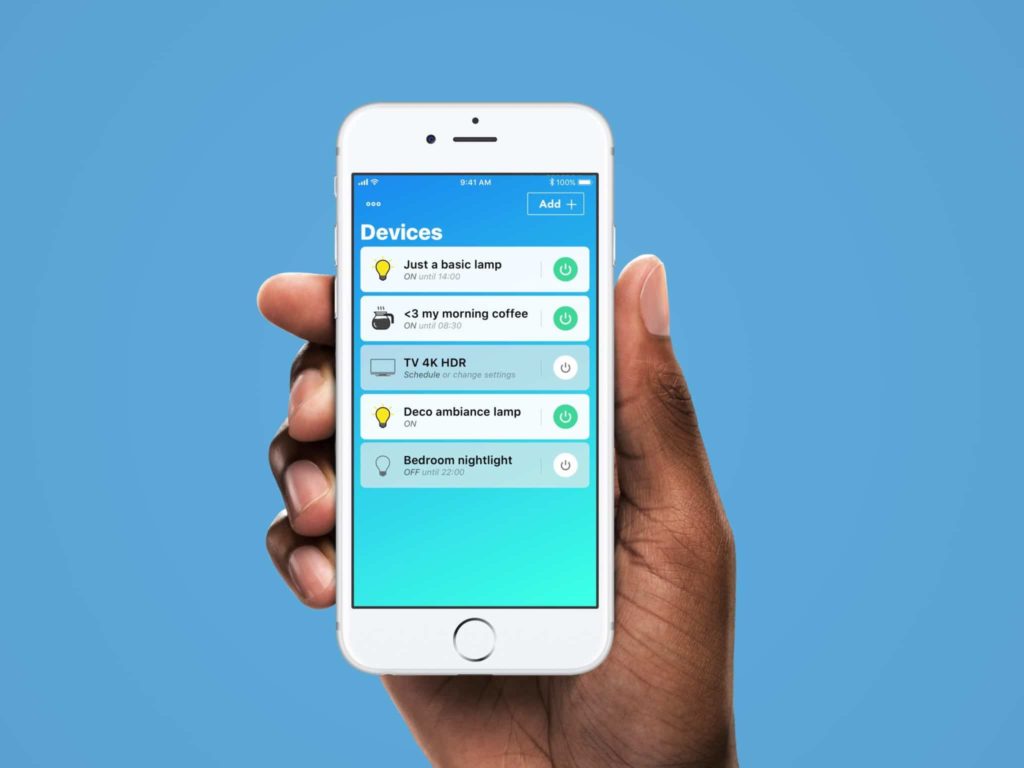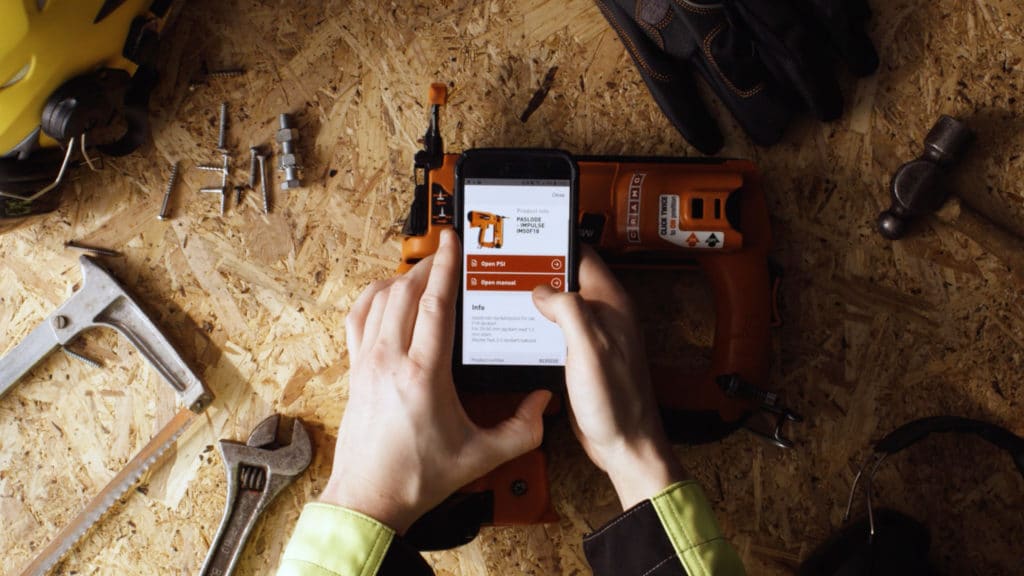
5 things you should know about app management
How to grow and keep app users after launch
You’ve done everything right; interacted with customers and involved designers and developers throughout the entire project, prototyped your way to a minimal viable product, and built and packaged everything correctly in clean code.
The app is launched on Google play store and App store, everyone celebrates and then what? Here are 5 things you should know about app management and how to grow and keep users after launch.
#1. Promote your app
Fans of your company will probably react quickly to launch, and a few may have been involved in testing mobile apps. They may even help you promote your service by writing positive reviews and sharing stories on social media. And that’s great, but is it enough? There’s so much more you can do; some things will cost you time alone (not a small thing I know) some things will require financial investments, while others will require both. But then you didn’t build a custom app just for your existing customer base – you want it to grow and generate increased revenue, so it’s worth investing in promotion to achieve this. Here is a great list of app promotional activities. A bit overwhelming, perhaps, but pick out a few suggestions that you feel you can do well.
In the past we’ve helped our clients promote apps through both analogue and digital channels. One app that we’re really proud of is the VAB app, which had a 70% app uptake by the target group of parents with young children.
#2. Analyse and act on data
Post launch it’s not uncommon for customers to act a little differently to your sample group in testing – hence the reason for launching a minimal viable product, rather than blowing the entire budget on a “finished” solution. The good thing is that you can follow this by analysing app data. The data may show, for instance, that certain functions or features aren’t being used as expected, or they act differently depending on the user device. If this is the case, you may want to tweak app flow to better guide users to select app features. . Alternatively, if the dev team implemented “feature toggles”, you can temporarily put it or them to sleep and talk directly to customers to better understand their behaviour. This is all a key part of mobile application management.
When analysing data in the Clas Ohlson Smart Home app we gained key insights into how it was being used following app installation. Commonly used names of Smart Plugs in both Apple and Andriod apps, for example, reflect which appliances in the home people are controlling with the app. This and other data provide us with important input into how to create an even better customer experience as well as how to help our customer to predict and improve product sales.

#3. Have regular dialogues with customers
Data gives you a historical perspective of your customers; talking to them helps you better understand their future desires. You can include a comment feature for people to tell you what they’d like to see in the app, but there’s no guarantee it will be used. Many users will however comment when reviewing the app. This is invaluable information and should be used to enable app improvements, through building a bug or to do list. Engaging with those who comment and letting them know you value their opinion is also essential. It can make the difference between a good or a bad rating, and once your app rating starts to fall it can be difficult to recover lost ground.
Interviewing users is also very important. This is how you gained your initial insights pre build, so it shouldn’t be abandoned after launch. Ask the questions you don’t get in app reviews such as “Why didn’t you use this feature? What is missing from the experience? What features would get your friends using the app?”
When we started working with Länsförsäkringar we were given the mandate to help them become the best bank in Sweden by developing their digital offering. Since 2015 they have been ranked as the best retail bank in Sweden year on year, they were voted Mobile Bank of the Year in 2016, and the app won two Red Dot Awards in 2017.
#4. Keep up the technical side of the app
The technical side of an app doesn’t stand still after launch. Changes or updates to servers, programs or licenses – and the impact they have on the app – all have to be managed. Changes in Apple and Google devices will occur over time. Bugs will be reported or found and need fixing, while any proposed design changes will need implementing, packaging and submitting to Apple and Google. Some of this can be automated as part of a continuous integration process, but other things will require dedicated resources.
Most of our clients are happy to let us manage this as we handle general upkeep, security (including securing corporate data according to GDPR) cloud integration, licensing and communication across different platforms. Depending on the scale of the app we offer different pre-packaged solutions that are a natural progression from the development phase of the app.
#5. Launch, launch, launch
If you’re analysing data, talking to customers and managing the tech side of the app, regularly launches will become the norm. And for every launch you will improve the user experience, which will make any promotional work payoff as more customers begin to use your app and give it great reviews.
Launching doesn’t have to be a massive, year-long undertaking. Small steps are much more advisable as you test your way forward in a live environment, measuring the impact of each launch and the customer reaction to any new features.
The recently launched Cramo app has been through several small launches since it was first released a few months ago. The app provides a simple service that improves the day-to-day lives of construction workers around Europe.



